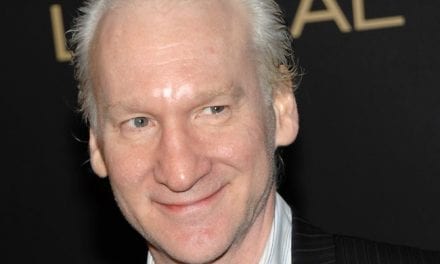It is important to be clear that all people are welcome.
By Joel S. Goldman and Paul Gordon, Hanson Bridgett LLP
A recent Senior Housing Forum article focused on senior living communities that cater to racial minorities. There has been a long tradition of affinity-based senior living communities. Indeed, until the late 1980s virtually all of the CCRCs in the United States were affiliated with a religious or fraternal organization. In recent years, we have witnessed the development of assisted living and congregate senior communities that are specifically designed for and marketed to racial minorities (particularly Asian Americans) as well as LGBT clients. These communities raise some particular legal challenges in light of the Federal Fair Housing Act.
The Fair Housing Act prohibits discrimination in the sale or rental of dwellings on the basis of race, color, sex, religion or national origin. While sexual orientation and gender identity are not covered by the Federal Act, 22 states have laws that forbid discrimination in housing based on sexual orientation and 20 of those also forbid discrimination based on gender identity. Senior communities that are sponsored by religious organizations or that cater to racial minorities or LGBT clients thus face certain legal constraints. Religious affiliated communities have long been aware that they may not discriminate against people of other faiths, unless they fall within a very narrow exception for religious organizations. While it is clearly permissible for a religious-affiliated community to have a name that suggests a religious affiliation (e.g. St. Mary’s Home), referring to a senior community as a “Christian community,” may well violate the Fair Housing Act as it may connote that applicants are excluded or given a preference based on their religion.
The same rationale applies to communities that are oriented toward residents of a particular race or national origin. It is acceptable for a senior community to call itself “Shanghai Gardens,” serve Chinese cuisine, play traditional Chinese music, require staff to speak Chinese, have traditional Chinese décor, celebrate Chinese New Year, etc. It is not lawful, however, for the community to require that residents be of Chinese descent or to give preference or provide special treatment to those of Chinese descent. Nor can it advertise that it is a “Chinese community.” Similar do’s and don’ts apply to a community aimed at LGBT clientele. It is permissible to advertise that a community is “LGBT friendly,” or to name the community after an LGBT icon. But, at the same time, it is important to convey that the community is welcoming of those who may not themselves be members of the affinity group.
One particular area of concern is the use of human images in advertising. There is a long line of judicial decisions that hold that use of white-only models in advertisements for housing in metropolitan areas with racial diversity (that is, most metropolitan areas) is a violation of the Fair Housing Act. The courts have held that even if there is no discriminatory intent nor actual discrimination, the use of all white models violates the Fair Housing Act in that it tends to discourage racial minorities from applying. A number of these cases have resulted in significant damages awards, most notably Fair Housing Center of Metropolitan Detroit v. Henry Ford Village, which resulted in an arbitration award of $569,000. Note, using actual residents is NOT a defense. Nor does depicting non-white employees serving white clients help. The explosion of new forms of communication/advertising has exacerbated this issue. A senior community that posts photos of activities involving its residents on Facebook may inadvertently violate the Fair Housing Act if the photos depict only Caucasian residents.
Although we are not aware of any cases brought against senior communities catering to minority clients, presumably the rationale of the cases involving all-white models would apply as well to “Shanghai Gardens.” If a predominantly Chinese American assisted living community depicts all Chinese residents, this may well discourage people who are not of Chinese descent from applying. Even if it could be argued successfully that this does not adversely affect Caucasians, that rationale would not pertain to African Americans, Latinos or other minorities.
In sum, while discrimination on the basis of race, religion and national origin (and in many states sexual orientation and gender identity) is prohibited by law, as a practical matter, communities that openly welcome groups that historically have been discriminated against are not likely to be accused of fair housing violations if they are careful in how they express their mission. Thus, when advertising that there are programs that cater to the preferences or traditions of a particular minority group, it is important to be clear that all people are welcome.







